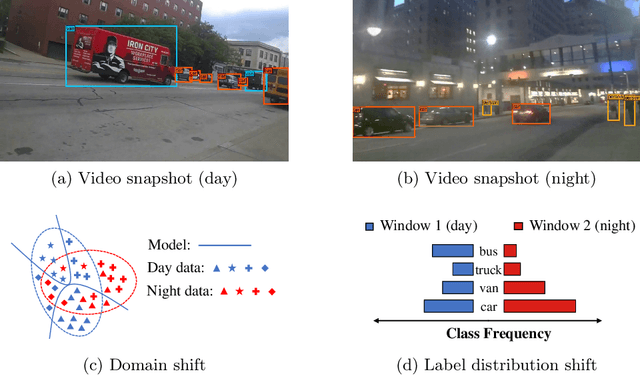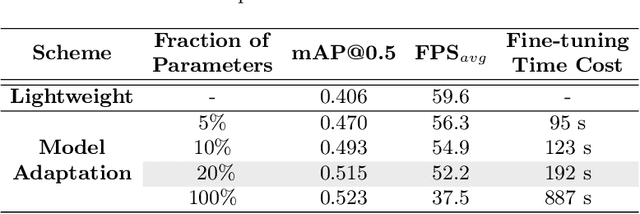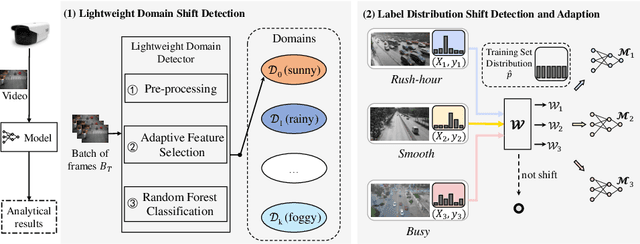Guilin Jiang
An Empirical Study of Attention Networks for Semantic Segmentation
Sep 19, 2023Abstract:Semantic segmentation is a vital problem in computer vision. Recently, a common solution to semantic segmentation is the end-to-end convolution neural network, which is much more accurate than traditional methods.Recently, the decoders based on attention achieve state-of-the-art (SOTA) performance on various datasets. But these networks always are compared with the mIoU of previous SOTA networks to prove their superiority and ignore their characteristics without considering the computation complexity and precision in various categories, which is essential for engineering applications. Besides, the methods to analyze the FLOPs and memory are not consistent between different networks, which makes the comparison hard to be utilized. What's more, various methods utilize attention in semantic segmentation, but the conclusion of these methods is lacking. This paper first conducts experiments to analyze their computation complexity and compare their performance. Then it summarizes suitable scenes for these networks and concludes key points that should be concerned when constructing an attention network. Last it points out some future directions of the attention network.
EdgeMA: Model Adaptation System for Real-Time Video Analytics on Edge Devices
Aug 17, 2023



Abstract:Real-time video analytics on edge devices for changing scenes remains a difficult task. As edge devices are usually resource-constrained, edge deep neural networks (DNNs) have fewer weights and shallower architectures than general DNNs. As a result, they only perform well in limited scenarios and are sensitive to data drift. In this paper, we introduce EdgeMA, a practical and efficient video analytics system designed to adapt models to shifts in real-world video streams over time, addressing the data drift problem. EdgeMA extracts the gray level co-occurrence matrix based statistical texture feature and uses the Random Forest classifier to detect the domain shift. Moreover, we have incorporated a method of model adaptation based on importance weighting, specifically designed to update models to cope with the label distribution shift. Through rigorous evaluation of EdgeMA on a real-world dataset, our results illustrate that EdgeMA significantly improves inference accuracy.
 Add to Chrome
Add to Chrome Add to Firefox
Add to Firefox Add to Edge
Add to Edge